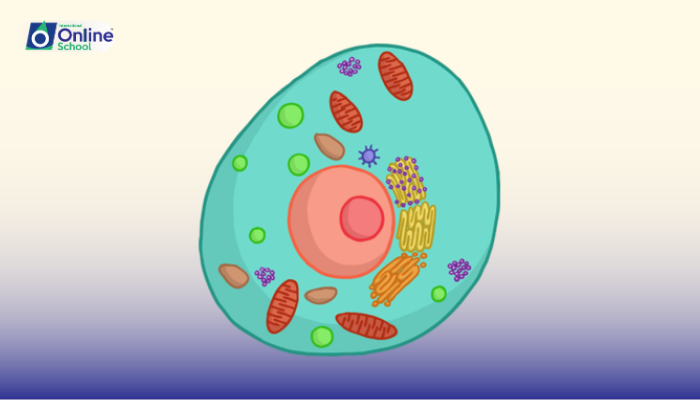
Learning Outcomes:
i. Define the term "organizer" and its role in embryonic development.
ii. Differentiate between primary and secondary induction based on their timing and effects.
iii. Understand the crucial role of signaling molecules in both types of induction.
iv. Appreciate the intricate interplay between organizers and other cells in shaping the embryo.
Introduction:
Imagine the early embryo as a stage, bustling with activity but seemingly unorganized. Yet, within this chaos lies a hidden orchestra, a group of specialized cells called organizers, playing a critical role in directing the development of different body parts. In this lesson, we'll tune into this magnificent symphony of induction, exploring the unique roles of organizers and the difference between their primary and secondary melodies.
i. The Maestro Takes Center Stage: What is an Organizer?
Organizers are small groups of cells within the embryo that possess a special ability. They act like conductors, releasing signaling molecules that "instruct" other cells to differentiate into specific tissues and organs. Think of them as tiny conductors, each holding the baton for a specific developmental melody.
ii. Primary Induction: The First Act of the Symphony
Primary induction occurs early in development, when the organizer in the dorsal lip of the blastula (the early embryo) releases signaling molecules like BMPs and Wnts. These molecules act like musical notes, instructing nearby cells to become the neural plate, the foundation for the brain and spinal cord. This is the first act of the developmental symphony, setting the stage for the formation of the nervous system.
iii. Secondary Induction: Building the Body's Melodies
As development progresses, secondary induction takes over. Here, newly formed tissues like the neural tube and somites (muscle precursors) act as local organizers, releasing their own signaling molecules that guide the development of adjacent tissues. Imagine different sections of the orchestra now taking the lead, playing their own melodies to create specific structures like limbs and gut tube.
iv. The Power of Signaling: The Language of Induction
Signaling molecules are the language of induction, the messages that carry the conductor's instructions. Different molecules trigger different responses, ensuring the precise formation of each tissue. Think of them as specific musical notes, each conveying a unique message to the cells they encounter.
v. The Intertwined Symphony: A Chorus of Development
Induction is not a solo performance; it's a coordinated act. Organizers interact with other cells, responding to their signals and adjusting their own. This feedback loop ensures that the developmental symphony progresses in perfect harmony, each cell playing its part in building the complex body.
Organizers, with their ability to induce and coordinate development, are the hidden maestros of the embryonic orchestra. Understanding the distinction between primary and secondary induction, and the crucial role of signaling molecules, helps us appreciate the intricate choreography that shapes us from a single cell into a complex organism. As we continue to explore the music of development, we marvel at the hidden conductors within, and the awe-inspiring symphony of life that unfolds within every embryo.